Neil Armstrong was also a boyhood buddy to a local man
| Published: 07-13-2019 9:01 PM |
When one of your childhood buddies grows up to become one of the most famous people of the century, you hear a certain type of question a lot.
“Did we think he was special?” said John Blackford, responding to a Monitor query by looking back on his Boy Scout days in Ohio alongside Neil Armstrong two decades before Apollo 11 landed on the moon. “No, not really. He was just one of us. It turns out he was really smart – but I thought we were all smart!”
Blackford, 89, who lives in a retirement community in Exeter with his wife, Pamela, is hearing that question more as the 50th anniversary of the moon landing approaches. “It is coming up now, but it’s not a big part of my life. I’m proud of it, don’t hesitate to tell people, but it’s not something I talk about,” he said.
The Blackfords were part of Greater Concord for half a century. They moved to Hopkinton in 1956, where he first helped start HMC Corp. in Contoocook, which still manufactures machinery for the lumber industry. In the early 1980s, he became a management counselor to CEOs of small manufacturing companies. During this time the family raised their three children here, living first in Hopkinton and then on Auburn Street in Concord and then in Hopkinton again, before leaving in 2010.
Prior to New Hampshire, however, John Blackford lived in Upper Sandusky, Ohio, and in 1942 as a seventh-grader, he joined the Wolf patrol in Boy Scout Troop 25.
“The troop was being formed. They basically lined us up, 32 kids, and counted off by fours and divided us up into patrols. Neil and I were put together just by accident,” he said.
Along with a friend, Kotcho Solacoff, they formed a trio of buddies who made it through the ravages of junior high together before family life separated them.
“We had a lot of good chemistry. We had common interests. We were all interested in aviation, although not to the degree Neil was. We were kids in a little town in the Midwest. Most of us had paper routes and later on, we all went to work in a regional bakery after school and on Saturdays,” Blackford said.
Article continues after...
Yesterday's Most Read Articles
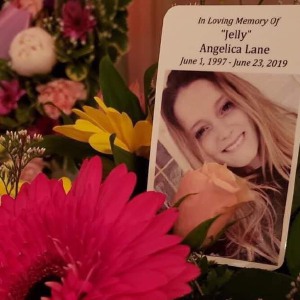 Mother of two convicted of negligent homicide in fatal Loudon crash released on parole
Mother of two convicted of negligent homicide in fatal Loudon crash released on parole
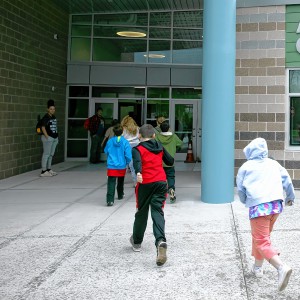 Students’ first glimpse of new Allenstown school draws awe
Students’ first glimpse of new Allenstown school draws awe
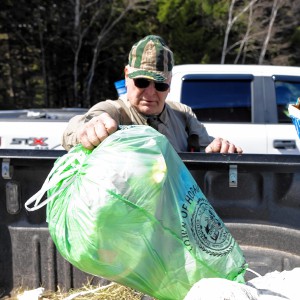 Pay-by-bag works for most communities, but not Hopkinton
Pay-by-bag works for most communities, but not Hopkinton
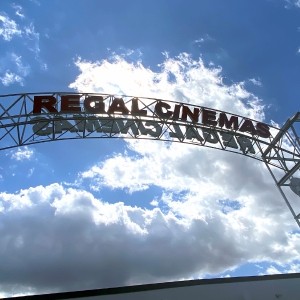 Regal Theater in Concord is closing Thursday
Regal Theater in Concord is closing Thursday
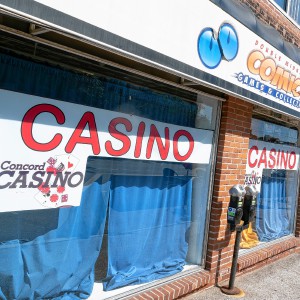 With less than three months left, Concord Casino hasn’t found a buyer
With less than three months left, Concord Casino hasn’t found a buyer
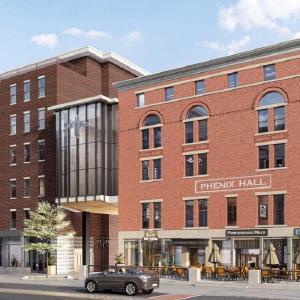 ‘Bridging the gap’: Phenix Hall pitch to soften downtown height rules moves forward
‘Bridging the gap’: Phenix Hall pitch to soften downtown height rules moves forward
Model airplanes were a big thing then, prompted by World War II, and Blackford said Armstrong was the group leader in this area, both in building kit models and in building his own planes. “His balsa models were far better than ours and he was always driven to study everything about airplanes,” Blackford said.
Armstrong never lost that interest even when he became a Navy pilot and astronaut. He was a longtime member of the Academy of Model Aeronautics and supported the hobby all his life; a 1969 article in Model Aviation, the group’s magazine, is full of photos of Armstrong with model planes as a child and as an adult.
Blackford and Armstrong met up again at Purdue University, where Blackford studied electrical engineering and Armstrong aeronautical engineering. Classroom competition was fierce because colleges were filled with GIs returning from World War II, Blackford said, so they didn’t party much. Then the Korean War came along and Armstrong, on a Navy scholarship, was called up for flight training, which eventually took him to NASA and the moon.
The two went their separate ways but stayed in touch via Christmas cards, a common connection method in the pre-Internet era. Blackford and Solacoff were even invited to watch the Apollo 11 launch from the VIP tent. “I didn’t see Neil, of course – he was in quarantine.”
The Saturn V was astonishing to behold as it thundered aloft, he said, and the three-day flight and the landing and the return were even more nerve-racking for Armstrong’s friends than they were for the rest of the world.
In the following years when Armstrong’s face was everywhere and he was dealing with global fame, they didn’t meet up much. Then, as the children left and retirement approached, a love of skiing brought them together for vacations and visits in Colorado with Armstrong and his second wife, Carol.
“Particularly in the early years he was hounded; he did not like that at all,” Blackford said.
The old buddies talked about the lunar landing, but not as much as you might think. For example, Blackford said he never learned exactly how long in advance Armstrong had prepared his famous “One small step for (a) man, one giant leap for mankind” line, which has long been the subject of historical curiosity.
“Neil was low-key and self-deprecating. I didn’t hear any revelations,” said Blackford. “I think we (Blackford and Solacoff) were both pretty much in awe of what he did. I don’t think we joked about that.”
“One thing he did say is the walk (on the moon) was a walk in the park – he would laugh about that. He said the easy part of it was the walk; the hard part was the landing and taking off again,” Blackford said.
Blackford sometimes saw the drawbacks of fame. “We’d be at dinner and somebody would come over and want his autograph. He quickly refused to give autographs because they were being auctioned on Ebay. He said, ‘I’ll take a picture, but no autograph.’ ”
“One time, at this supper club we used to go to in Aspen … when the time came to pay the bill, we put our credit cards down. The waiters saw the name Neil Armstrong was on the card – that got around, caused a little flurry,” he said.
Armstrong left NASA after the lunar flight. He worked for a number of companies and organizations and served on two NASA commissions, one after the Apollo 13 disaster and another examining the possibilities of civilian spaceflight. Armstrong, who left the Navy before becoming an astronaut, was the first American civilian to fly in space. He died of complications from bypass surgery in 2012, at age 82.
“Neil didn’t seem any different than the rest of us. But he proved to be dedicated, and skilled, and had proven himself to be pretty unflappable in dire circumstances. I heard that when choosing the command pilot, they liked the idea of this guy that was quiet, had no ego,” Blackford said.
“He was a good friend, totally genuine. He was quiet, but given to some unexpected flashes of humor,” Blackford said. “I miss him.”


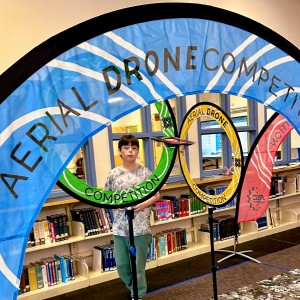 Kearsarge Middle School drone team headed to West Virginia competition
Kearsarge Middle School drone team headed to West Virginia competition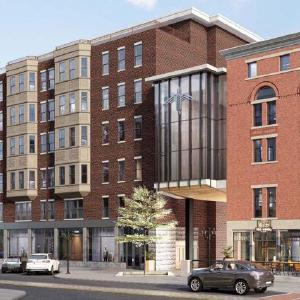 Phenix Hall, Christ the King food pantry, rail trail on Concord planning board’s agenda
Phenix Hall, Christ the King food pantry, rail trail on Concord planning board’s agenda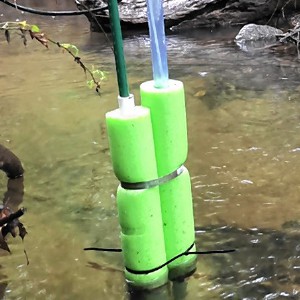 Granite Geek: Forest streams are so pretty; too bad they’re such a pain to measure
Granite Geek: Forest streams are so pretty; too bad they’re such a pain to measure
